LG will exit the mobile phone market in a few months, it just needs some time to push out Android OS updates for its premium smartphones. LG's innovative spirit will be missed - we already looked at LG's greatest inventions - today we wanted to talk about its greatest phones.
There are far too many interesting phones to cover, so we will divide the history of LG phones into two major periods - before Android and after Android - and look at what we think are the Top 5 phones from each era.
Before Android
We'll start with the LG KG800 Chocolate. The Motorola RAZR became a design icon in the early 2000s, but the first Chocolate was a hit as well and its design language set the tone for LG phones for several years to come. There was also the LG KE800 Chocolate Platinum and LG KG810 Chocolate Folder in the first generation of LG's Black Label Series.
These launched in 2006 and by mid-2007 the Chocolate series had reached 10 million sales. By December 2007 the number grew to 15 million. Not quite RAZR sales, but still a big success for LG.
Of all the Chocolates, the CDMA-based LG VX85000 slider was king. It became one of LG's best-selling phones of all time, moving 21 million units. Side note: it's best ever was the basic LG KP100, which sold 30 million units.
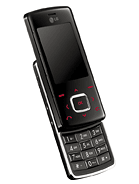
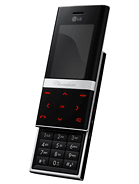
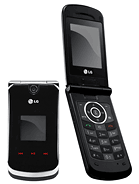
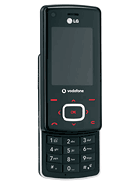
LG KG800 • LG KE800 • LG KG810 • LG KU800
We've already covered the LG KE850 Prada in detail - the first phone with a capacitive touchscreen. It had an all-touch UI and (as you can tell by the name), LG took great pride in the stylish design. Alas, its contribution to the mobile world was overshadowed by the Apple iPhone that came out a few months later.
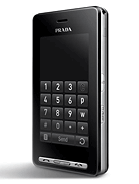
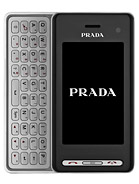
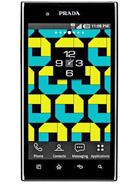
LG KE850 Prada • LG KF900 Prada • LG Prada 3.0
LG's mobile division had its heyday in 2009 when optimism was running high. The company was forecasting that it will sell 120 million phones that year, then 140 million in 2010 and that by 2012 it will be the second biggest smartphone maker in the world.
The original Prada wasn't a smartphone, but that wasn't a problem as LG had a successful line of touch-operated featurephones. The humble LG KP500 Cookie (2008) had a 3.0" resistive touchscreen (240 x 400 px), a cute design and an affordable €200 price. LG sold 9 million units in 9 months, which later grew to 13 million. These numbers led LG to launch several follow-ups, just like it had done with the Chocolate and the Prada.
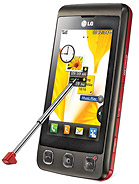
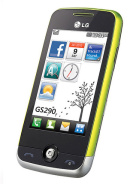
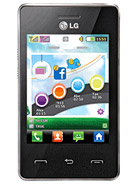
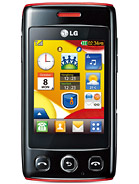
LG KP500 Cookie • LG GS290 Cookie Fresh • LG T375 Cookie Smart • LG Cookie Lite T300
Among LG's phone innovations we listed the LG KU990 Viewty, which was the first phone to record slow-motion video (the Viewty did well for itself, moving 5 million units). The LG Optimus 2X became the first phone to record 1080p video. The LG G5 was the first proper dual camera phone.
But we wanted to highlight another camera phone from the company, the LG KC910 Renoir from 2008. This was the successor to the Viewty and upgraded the camera to an 8MP sensor and xenon flash, it also kept the Schneider-Kreuznach optics.
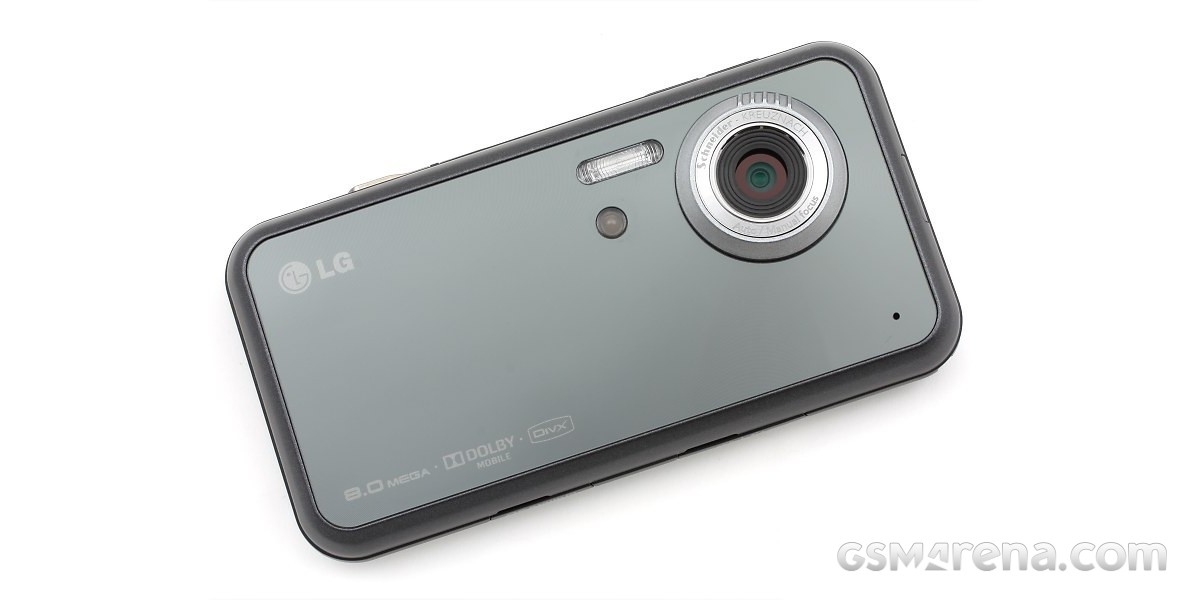
The Renoir competed in our 8 Megapixel Grand Shootout where it tied with the Sony Ericsson C905. Also, this one added GPS and Wi-Fi over the Viewty spec sheet, so it was a much better phone besides the camera as well.
The last phone in the pre-Android era we wanted to highlight is the LG KM900 Arena (2009). It had a sharp 3.0" display with 480 x 800 px resolution - that's 311 ppi, a year before Apple came up with "Retina" and the iPhone 4. And the screen was protected by Gorilla Glass while the phone's chassis was made out of metal.

The Arena was beautiful in software as well, with the S-Class touch UI. Using capacitive touch, of course, this isn't the Cookie. It cost almost twice as much at €350, but still much cheaper than the €630 iPhone 4. It wasn't perfect, the but Arena was one of the best non-smartphones ever. Certainly one of the best that LG ever made.
After Android
LG really was at its best when making featurephones. It dabbled with Symbian, but before Android arrived, it never really put much effort into making smartphones. We're not going to look at the few Windows Phone devices it made as there aren't many fond memories there.
To highlight the chasm between LG's featurephone and smartphone periods, let's look at the LG G2 (2013). It was a great phone with by far the smallest footprint for its 5.2" display in its day and had a creative design with the Volume rocker and Power button on the back, right under the camera. And it was among the first to feature the now-standard double tap to wake.

G2's 13MP camera had OIS before most other Androids, the phone also had a powerful Snapdragon 800 chipset. It was beautiful and fast and it only sold around 3 million units, about a third of which went to South Korea. Oof. That's nowhere close to Cookie numbers and well below the 10 million target.
The sequel, the LG G3 (2014), improved on the situation, eventually reaching the 10 million mark that the G2 never did. The G4 also targeted 10 million (even 12 million), but couldn't even surpass the G3.

The LG G3 was still a very good phone as we recounted in a Flashback post. It had one of the first 1440p displays and one of the early 4K-capable cameras, which introduced Laser autofocus to boot. However, LG never managed to garner the appeal that Samsung had cultivated for the Galaxy S series - the Galaxy S5 hit 10 million in just 25 days.
The LG V10 (2015) was start of something new. It was a semi-professional line for serious people with serious demands. It was a rugged phone with a stainless steel body (316L), Dura Skin back cover and it popularized the MIL-STD-810G rating.

Audiophiles quickly embraced the V10 as it came with Quad Beats headphones tuned by AKG and a high-quality 32-bit DAC. It was a kooky phone too, with a line display above the 5.7" main display. This was used to show status info, notifications, shortcuts and more. And next to that were two selfie cameras - wide and ultrawide. That inspired what came next.
The LG G5 (2016) was one of the most ambitious LG phones ever. This was the first phone to feature an ultrawide-angle camera on the back and was perhaps the first Android with modular add-ons. The Magic Slot also had the benefit of keeping the battery user accessible.
Few mods ever materialized and the best one, the B&O DAC, was made obsolete by the introduction of Quad DAC with the LG V20. The G5 still had excellent audio quality, though, and that modular system died pretty quickly with very few modules reaching consumers.

In the end, the LG G5 flew too close to the sun and the V-series took over as LG's best. It got to the point where reports claimed that the G-series will be killed off. Ultimately, that proved to be true (there was no G9 in 2020), but the G-series never got a true replacement.
LG was dreaming big until the end, however. With it leaving the phone business, we'll probably never see its rollable phone, but we're glad we at least have the LG Wing (2020). This is a creative take on the second screen - the large 6.8" P-OLED display could quickly snap to landscape orientation, perfect for multimedia.

The secondary 3.9" G-OLED display below that was just the right size to keep texting or scroll through your social media feeds, without pausing your movie or game. Speaking of gaming, this was a great way to have some on-screen controls that don't cover up the game. It was such a clever design and we found many uses for it in our review.
The LG Wing is a throwback to old LG devices like the V9000, for example, which makes it a full circle. One of these was featured in the first Iron Man movie. Which other company will be making such out of the box designs in 2021?
The transition to smartphones was the beginning of the end for LG - just like it was for Nokia. The company put up a good fight and introduced many innovations along the way, but it never found a wide enough audience to turn a profit. And it never returned to the levels of success it enjoyed in the 2000s.
"Android" - Google News
April 11, 2021 at 08:23AM
https://ift.tt/3fYGzX5
Flashback: LG's best phones before and after the switch to Android - GSMArena.com news - GSMArena.com
"Android" - Google News
https://ift.tt/336ZsND
https://ift.tt/2KSW0PQ
Bagikan Berita Ini
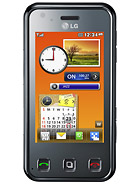
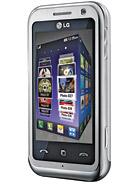
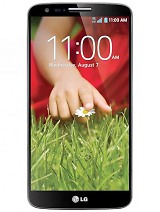
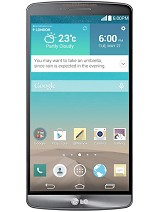
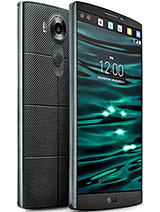
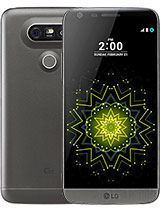
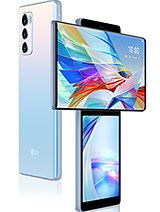
















0 Response to "Flashback: LG's best phones before and after the switch to Android - GSMArena.com news - GSMArena.com"
Post a Comment